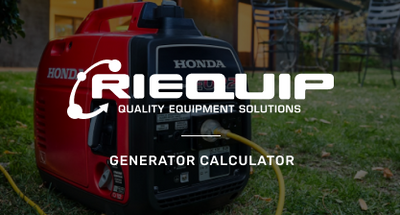The Essential Role of De-Watering Pumps on Construction Sites
De-watering pumps are crucial for maintaining dry and safe working conditions on construction sites. This article explores the different types of de-watering pumps, specifically electric submersible pumps and engine powered flexi-drive pumps, and their applications in construction.
Types of De-Watering Pumps:
- Electric Submersible Pumps:
- Overview: Submersible pumps are designed to operate while fully submerged in water. They are highly efficient for removing water from deep pits or flooded areas.
- Applications: Ideal for excavations, basements, and any site prone to flooding, especially in confined areas where petrol and diesel engines can’t be operated. They are also used in de-watering trenches and foundations.
- Features: These pumps typically have high solids capacity, are made from wear resistant materials , and have automatic start/stop features.
- Engine Powered Flexi-Drive Pumps:
- Overview: Flexi-drive pumps are versatile, engine-driven pumps that use a 6m flexible drive shaft to transmit power from the engine unit to the submerged pump head.. .
- Applications: Suitable for various de-watering tasks and are perfect for civil construction sites and remote locations, de-watering flooded areas and trenches
- Features: They are known for their portability, durability, and ability to handle high volumes of debris-laden water. With this type of pump there is no priming required as the pump head is submerged under water – simply start the engine and the pump will immediately start pumping water!
Popular Models:
- Reid Submersible Pumps: Reid Drainvac & Drainmaster pumps are often found in extreme environments in applications that require 24/7 operation. These submersible pumps range in size from 2-6” and are proven performers in challenging environments..
- Kato Honda Powered Flexi-Drive Pumps: These pumps are incredibly rugged and robust. Capable of pumping dirty water containing high amounts of solids. In fact, these pumps can handle up to 20mm solids and up to 60% solids in fluid, making them extremely versatile and the first choice with civil engineering and rental companies.
Choosing the Right Pump:
- Site Conditions: Assess the water depth, volume, and, whether it will be operating in a confined space or not.
- Power Source: Consider the availability of power sources on-site. Submersible pumps require electricity, while flexi-drive pumps are powered by petrol or diesel engines.
- Flow Rate and Head: Ensure the pump’s flow rate and head capacity match the de-watering requirements of your project.
Selecting the right de-watering pump is essential for efficient water management on construction sites. By understanding the capabilities and applications of submersible and flexi-drive pumps, you can ensure a safer and more productive work environment.
Explore our range of de-watering pumps today and discover the perfect solution for your construction needs!


